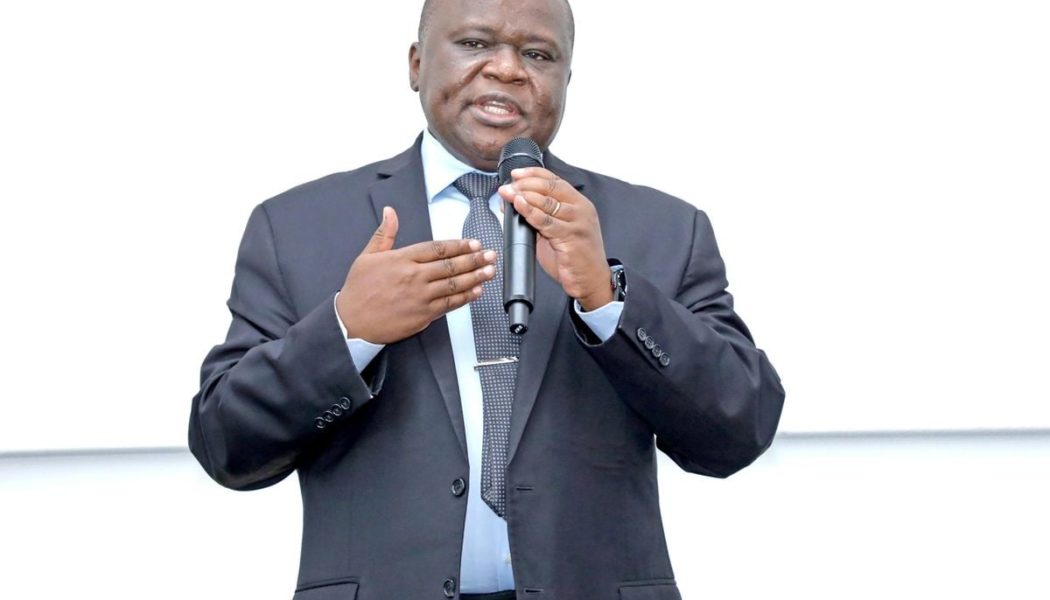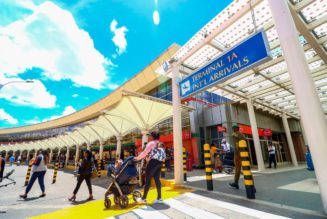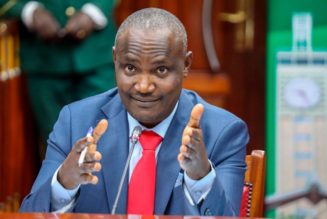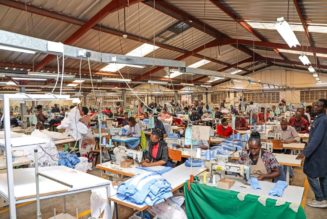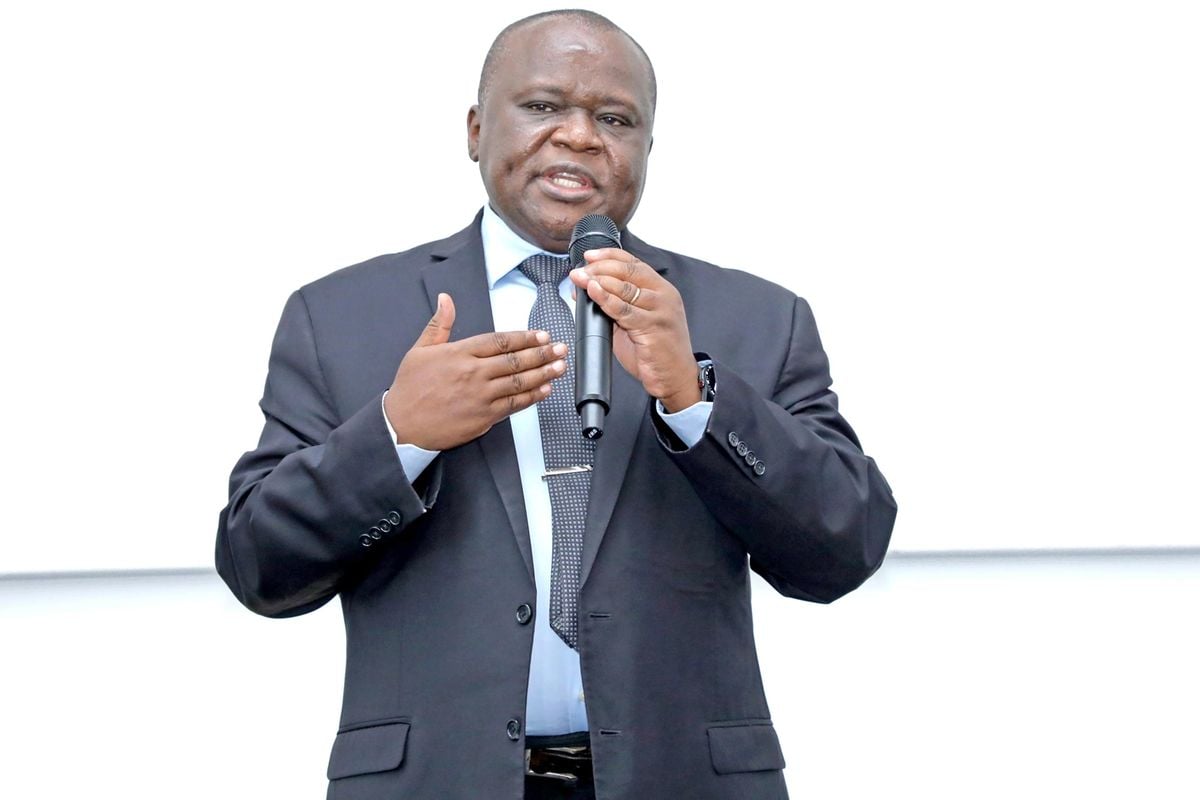
The stability of power supply has become a major talking point, especially over the past year as Kenya struggled with multiple nationwide blackouts, some of which were triggered by constraints in power transmission infrastructure.
The Business Daily talked with John Mativo, the managing director of the Kenya Electricity Transmission Company (Ketraco). Dr Mativo has now served for 13 months at the helm of the power transmission company.
The civil engineer who rose through the ranks after joining the State company in 2010, outlined the firm’s pipeline of projects that will help stabilise power supply, his vision and Ketraco’s expanded mandate.
Ketraco relies on funding from the Treasury to undertake its operations. What is your plan to enable Ketraco to achieve financial autonomy?
We want to do what we call asset monetisation and recycling that will open up areas of using our assets to attract funding that we can inject into our projects. We also have the bulk supply regulations (the draft Energy (Electricity Market, Bulk Supply, and Open Access) Regulations 2024) that will open up wheeling revenue. This means that every large power consumer can buy outside the power purchase agreement (PPA) and they only have to pay Ketraco a wheeling tariff.
What lessons is Ketraco taking from the major transmission companies in the world that are financially independent?
A good case study is the Power Grid Corporation of India. About 30 years ago the company was reliant on money from the exchequer. Today, Power Grid Corporation is the eleventh most profitable company in India, it is more profitable than generation, distribution and even retail. They achieved that by making some good strategic decisions and investments and that is my desired benchmark for Ketraco.
How are you planning to fast-track the implementation of key power transmission projects using new financing models such as public-private partnerships (PPPs)?
We are working with the private sector through public-private partnerships (PPPs). We have two sets of PPP projects that are advanced. The PPP lines that will come on board are the Loosuk-Lessos line to allow part of the power from a wind plant near Maralal to go to western Kenya. Then we plan to do a line from Kibos in Kisumu to Kakamega. The two projects are at the project development stage. We are currently moving to the negotiation phase before we go to approval.
In December 2021, Ketraco was designated as the system operator to control the power mix of the grid, taking over the role from Kenya Power. How is Ketraco preparing to undertake this role?
We are building a new modern National System Control Centre (NSCC) in Embakasi. The project will cost €85 million (Sh12.26 billion). The national control centre will help us in the sense that all these projects that we are doing have to be seen and controlled. Secondly, the more we increase wind and solar, you require modern facilities to bring more and more renewable energy that is variable into the network. We will also be building a backup national control centre at a secret location.
Ketraco is set to play an important role in linking the regional power grids under the Eastern Africa Power Pool (EAPP). What is the status of the key transmission projects that will link Kenya to Tanzania and Uganda?
We are targeting to commission the Kenya-Tanzania interconnector by the end of June. The line is physically completed but there is some equipment that we need to put in place. The commission tests might take more than a month to ensure there is harmony between the two grids. On the Kenya-Uganda line, we had a challenge with the contractor, we are trying to sort it out so that we can complete the line. But there is an existing line connecting the two countries; the new line is to offer more opportunities.
Kenya Power is valuing its transmission assets ahead of the transfer of some to Ketraco. How is Ketraco building its institutional and human capacity to handle an expanded network?
We will need to beef up our staffing capacity. In terms of technical capacity, we will be able to absorb the relevant Kenya Power staff. We will be able to identify the staff handling transmission and the relevant equipment for the transfer. However, this is not the first time that mandates are shifting (between separate government ministries and parastatals), so the process will be done in an orderly manner.
Kenya’s transmission capacity is constrained. How soon will Ketraco complete some of the major transmission lines to stabilise the power supply?
When we came on board (in 2008), we had a very simple grid as Kenya had done approximately 3,400 kilometres of transmission lines, which was the line from Mombasa to Malaba. We are completing 15 projects in 2024. We are completing the Isinya-Konza line which will connect Konza to the grid. By the end of June, Turkwel will have two ways to evacuate power; either through the Turkwel-Lessos line or the Ortum-Kitale line. There are other projects that we plan to start this year, including the Narok-Bomet line that will allow power to flower from Olkaria to Bomet, Sotik and Kisii. We also now have a contractor doing the Sondu-Ndhiwa line and we are pushing to see if they can finish within this calendar year.
